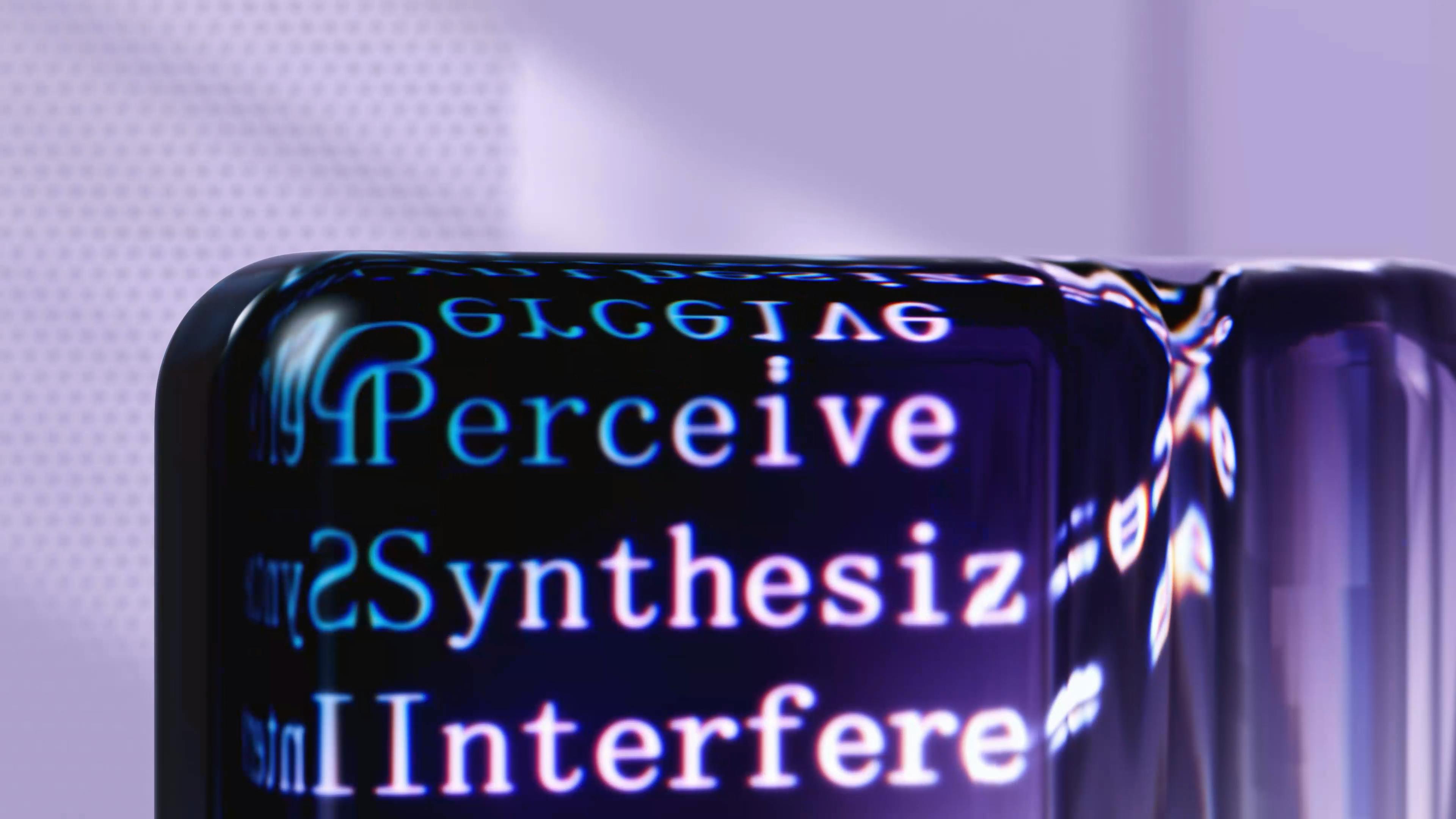Two Images to 4D: In-2-4D Bridges the Gap

Top post
From Two Images to 4D Generation: In-2-4D Bridges the Gap
The generation of 4D content, meaning 3D models with motion information, is becoming increasingly important. A new method called "In-2-4D" promises to significantly simplify this process. Instead of requiring complex 3D scans or extensive datasets, this approach only needs two single images as input, showing an object in two different states of motion. The goal is to reconstruct the motion between these two states and generate a dynamic 4D model.
The Challenge of Motion Interpolation
The core idea of In-2-4D is based on video interpolation. A video interpolation model is used to predict the motion between the two input images. However, large movements between the individual images can lead to ambiguities and make interpolation difficult. To solve this problem, In-2-4D pursues a hierarchical approach. First, keyframes are identified that are visually close to the input images and simultaneously represent significant motion. Subsequently, short, smooth motion segments are generated between these keyframes.
From 2D to 3D and Back
For each keyframe, a 3D representation is created using Gaussian Splatting. Gaussian Splatting is a technique that reconstructs a 3D scene from a collection of 2D images. The intermediate frames within a segment serve as the basis for the motion information. Through a deformation field, these intermediate frames are transformed into dynamic Gaussians that describe the motion of the 3D model.
Optimization for Temporal Consistency
To improve the temporal consistency of the generated 4D models and refine the 3D motion, the self-attention of multi-view diffusion is extended across the timesteps. Additionally, a rigid transformation regularization is applied. These measures help to minimize artifacts and unnatural movements.
Seamless Transitions Between Segments
The independently generated 3D motion segments are then merged. This is done by interpolating the deformation fields at the segment boundaries. Further optimization ensures that the transitions between the segments are adapted to the guiding video to guarantee smooth and flicker-free movements.
Evaluation and Outlook
The effectiveness of In-2-4D has been demonstrated through extensive qualitative and quantitative experiments as well as a user study. The method shows promising results and opens up new possibilities for the simple generation of 4D content from minimal input. The technology could be used in various areas in the future, from the creation of special effects in films and games to the development of virtual training environments and interactive 3D models for e-commerce and product design.
For companies like Mindverse, which specialize in AI-powered content creation, In-2-4D offers interesting potential. The integration of such technologies into existing platforms could further democratize the creation of high-quality 4D content and open up new fields of application.
Quellenverzeichnis: https://www.chatpaper.ai/dashboard/paper/fcf58c55-bd3d-4a6a-b756-b98d0b595ada https://www.chatpaper.ai/zh/dashboard/paper/fcf58c55-bd3d-4a6a-b756-b98d0b595ada https://vivid-dream-4d.github.io/assets/paper.pdf https://arxiv.org/html/2405.20334v1 https://arxiv.org/html/2503.09733 https://cvpr.thecvf.com/Conferences/2025/AcceptedPapers https://www.researchgate.net/publication/384185082_4D-fy_Text-to-4D_Generation_Using_Hybrid_Score_Distillation_Sampling https://ps.is.mpg.de/publications?mpi_papers%5B%5D=true https://eccv2024.ecva.net/virtual/2024/papers.html https://github.com/cwchenwang/awesome-4d-generation Hugging Face arxiv:2504.08366.png)


